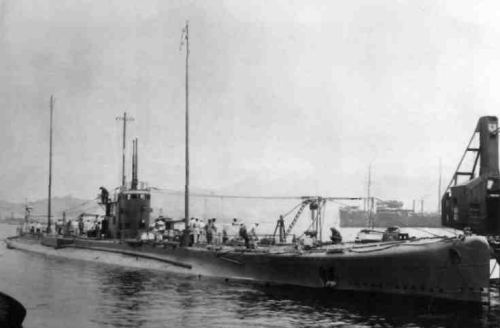
NAVYPEDIA
 Support the project with paypal
Support the project with paypal
Photo

44-go
Ships
| Name | No | Yard No | Builder | Laid down | Launched | Comp | Fate |
|---|---|---|---|---|---|---|---|
| 第44号艦 [44-go], 11.1924- 伊51 [I51] | Kure K K | 1921 | 29.11.1921 | 6/1924 | stricken 1941 |
Technical data
| Displacement standard, t | |
|---|---|
| Displacement normal, t | 1500 / 2430 |
| Length, m | 87.0 pp 91.4 oa |
| Breadth, m | 8.81 |
| Draught, m | 4.60 |
| No of shafts | 4 |
| Machinery | 4 Sulzer diesels / 4 electric motors |
| Power, h. p. | 5200 / 2000 |
| Max speed, kts | 20 / 10 |
| Fuel, t | diesel oil 160 |
| Endurance, nm(kts) | 20000(10) / 100(4) |
| Armament | 1 x 1 - 120/45 11-shiki, 1 x 1 - 76/40 3-go, 8 - 533 TT (6 bow, 2 stern, 24) |
| Electronic equipment | K-chubu hydrophone |
| Complement | 60 |
| Diving depth operational, m | 60 |
Standard scale images

I51 1924
Graphics
Project history
Kaidai 1 (Large Admiralty 1) type. Under the "8-8" programme building of several large submarines for joint operations with battle forces at a great distance from bases was provided. According to Naval staff requirements (10000nm endurance, raised seaworthiness, max surface speed not less than 20kts) in 1919 Naval technical department has started designing of 1500t submarine cruiser. Difficulties which have arisen at designing of so large submarine, have compelled Japanese designers to use British and German experience. For the fullest account of merits and demerits of each of shipbuilding schools it has been decided to build two experimental submarines. As a prototype for the first of them (Kaidai 1) RN cruiser submarine of "K" class (with replacement of a steam turbine by diesels), and for second (Kaidai 2) German submarine cruiser U139 should serve. Double-hulled.
Comparative trials of I51 and I52 have revealed preferable characteristics of the latter, in particular, she was faster, possessed better seaworthiness, and her engine has appeared more reliably. However I51 had higher endurance and carried more torpedoes.
Modernizations
1932: 2 shafts were removed, engine power was 2600 / 1000hp, maximal speed 14.5 / 6.2kts; - 1 x 1 - 76/40; + 1 seaplane (E6Y)
1933: + catapult
Naval service
I51 was used for training in 1930-1939.
 HOME
HOME FIGHTING SHIPS OF THE WORLD
FIGHTING SHIPS OF THE WORLD JAPAN
JAPAN SUBMARINES
SUBMARINES "Kaidai 1" 1 class submarine (44-GO) (1924)
"Kaidai 1" 1 class submarine (44-GO) (1924)
